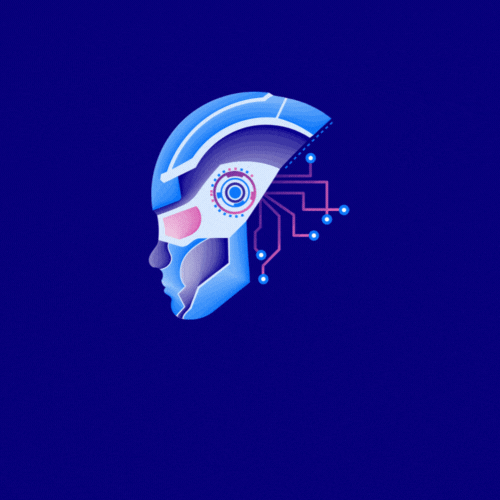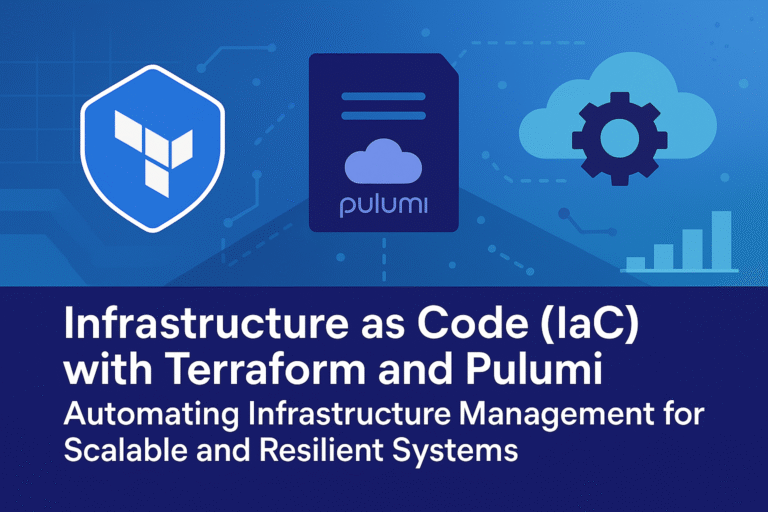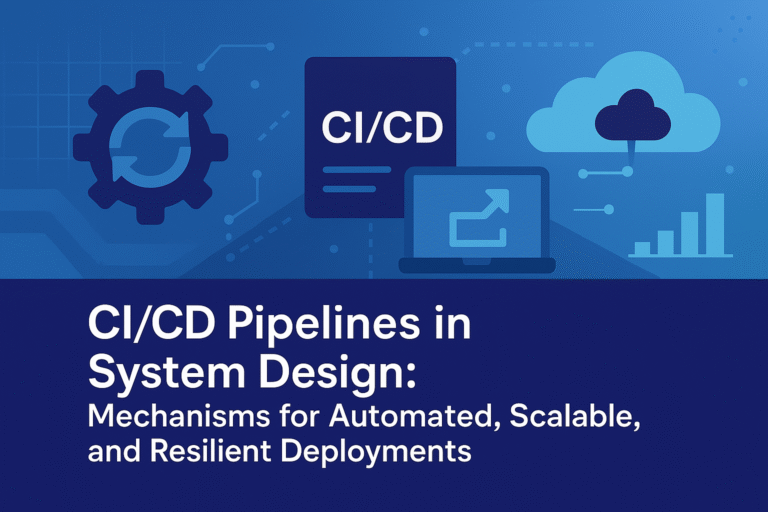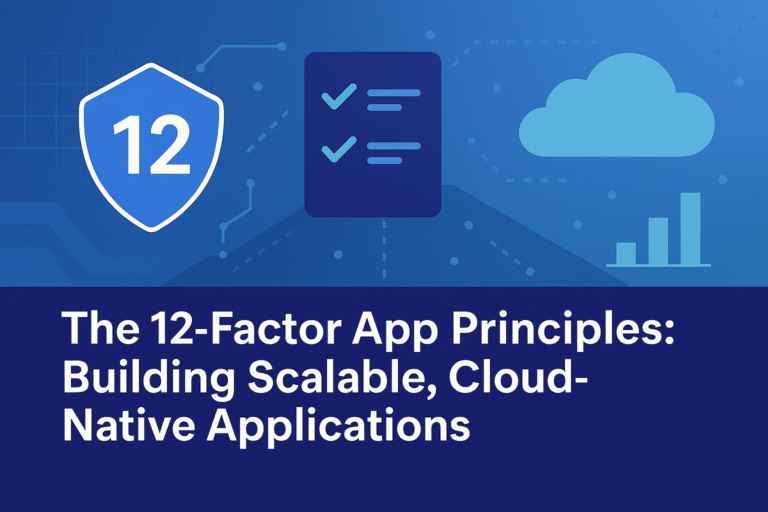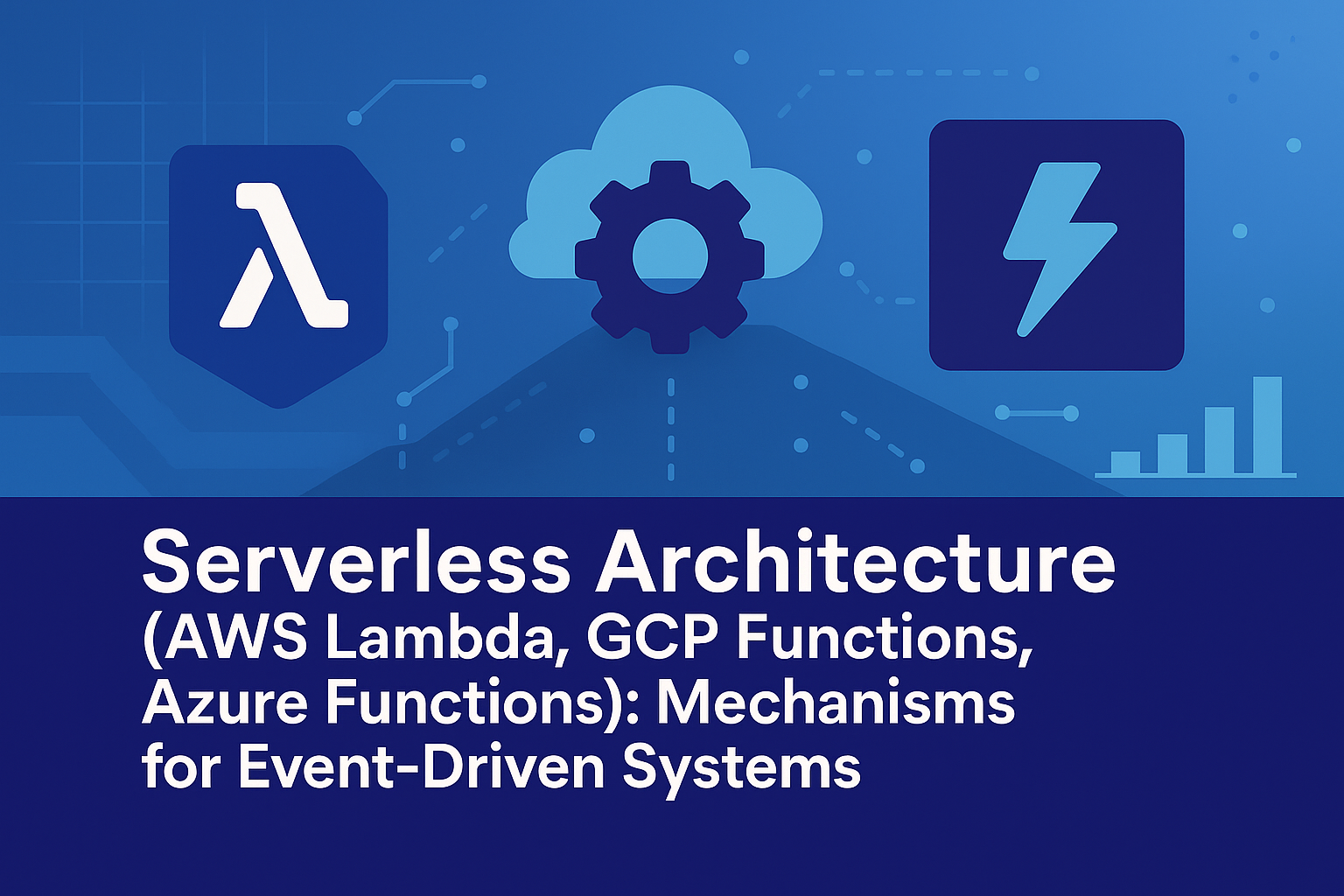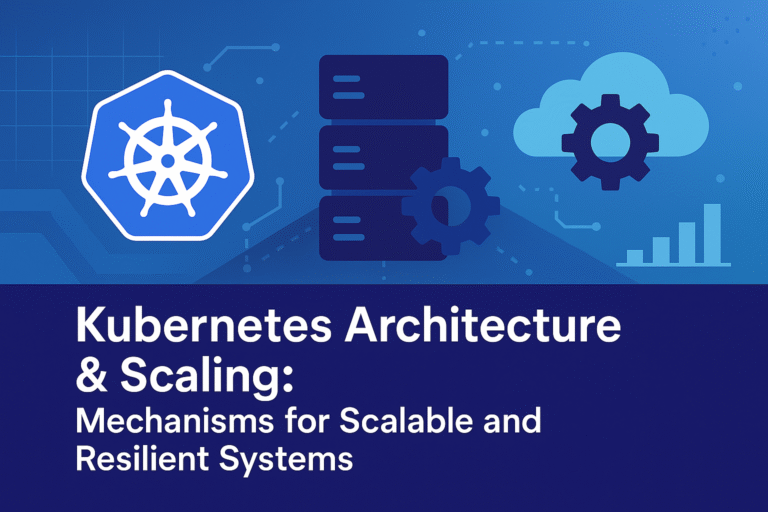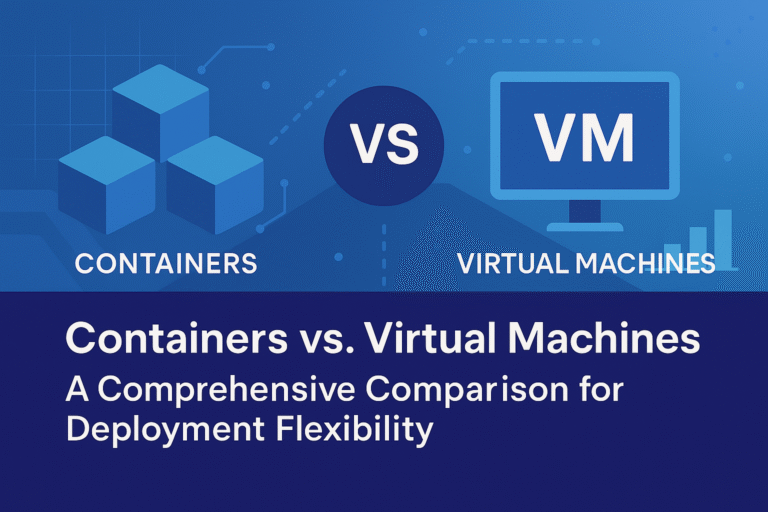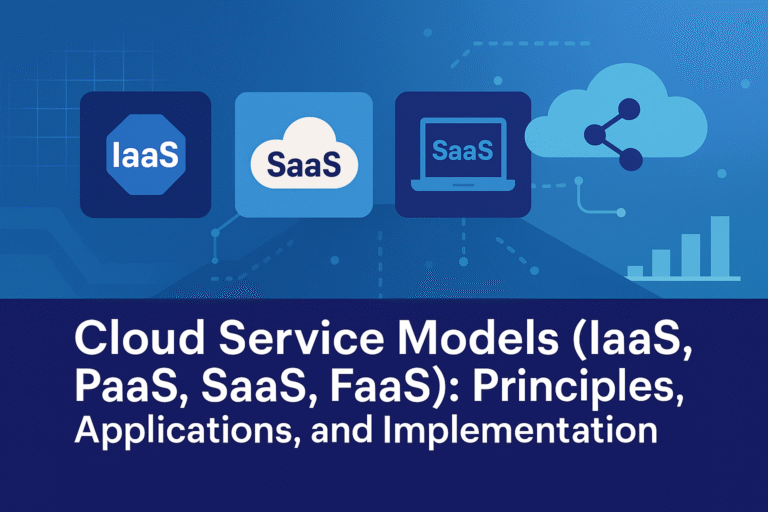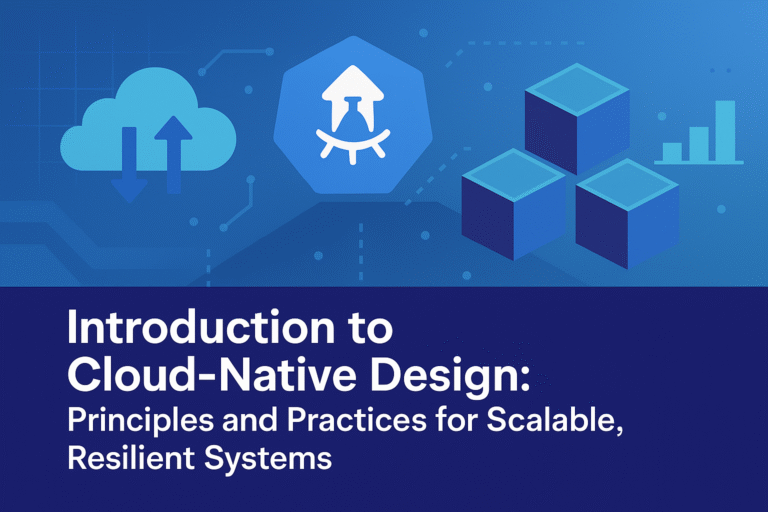Cloud Security Basics (IAM, Secrets, Key Management): Comprehensive Practices for Secure Cloud Systems
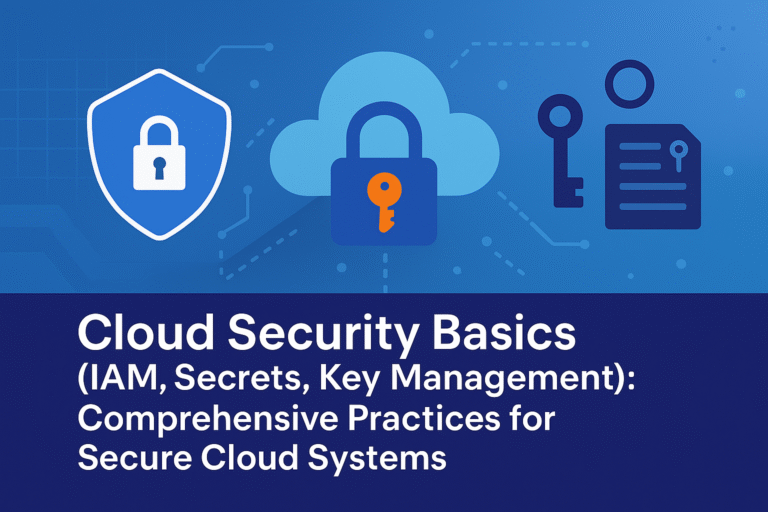
Introduction Cloud security is a foundational pillar of modern system design, ensuring the confidentiality, integrity, and availability of data, applications, and infrastructure in cloud environments. Core components—Identity and Access Management (IAM), Secrets Management, and Key Management—provide mechanisms to control access,…
